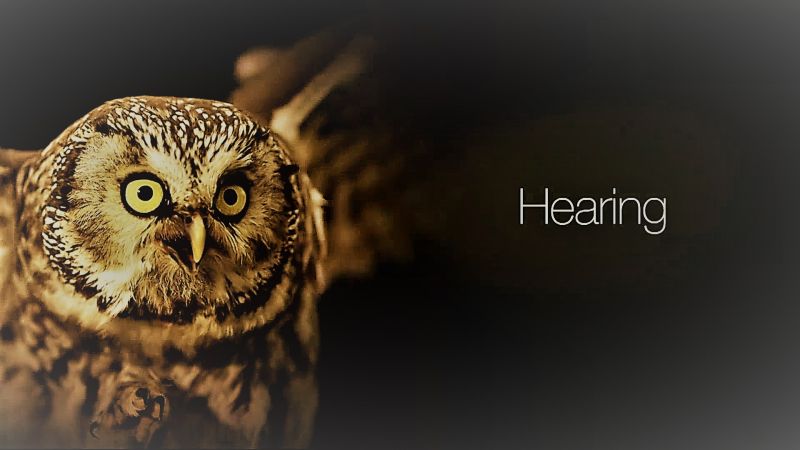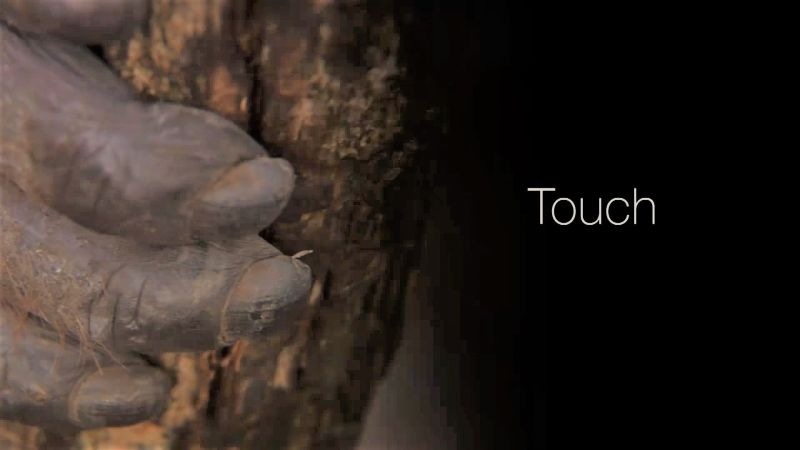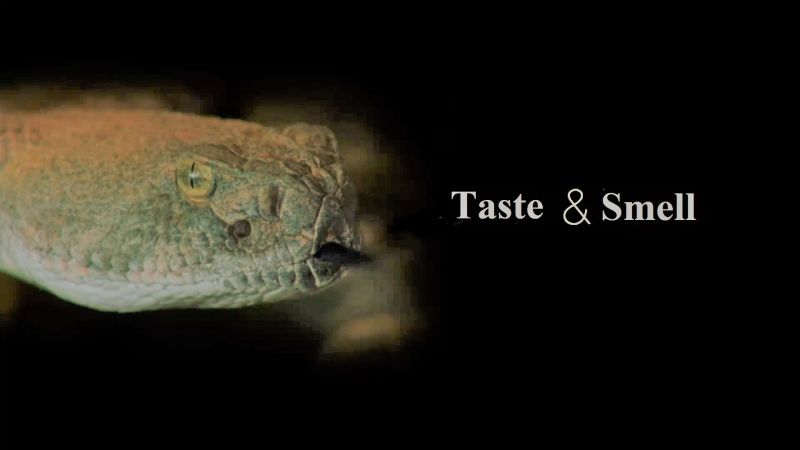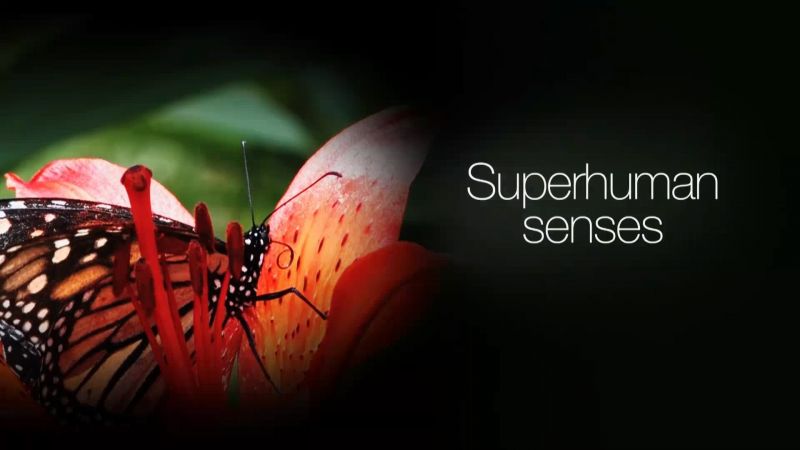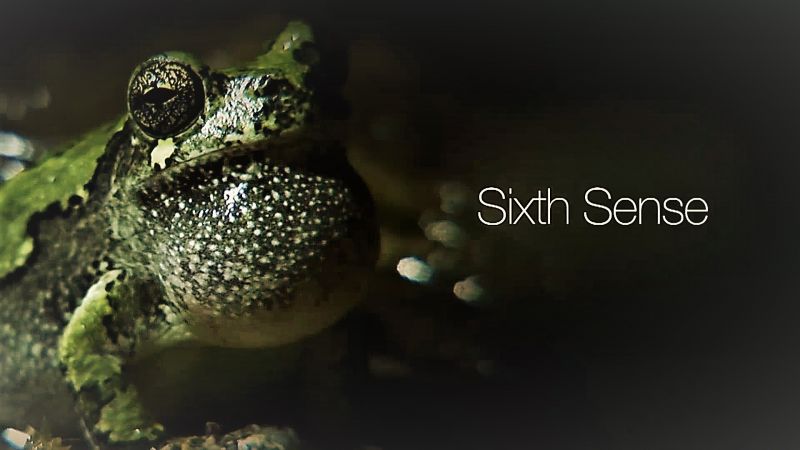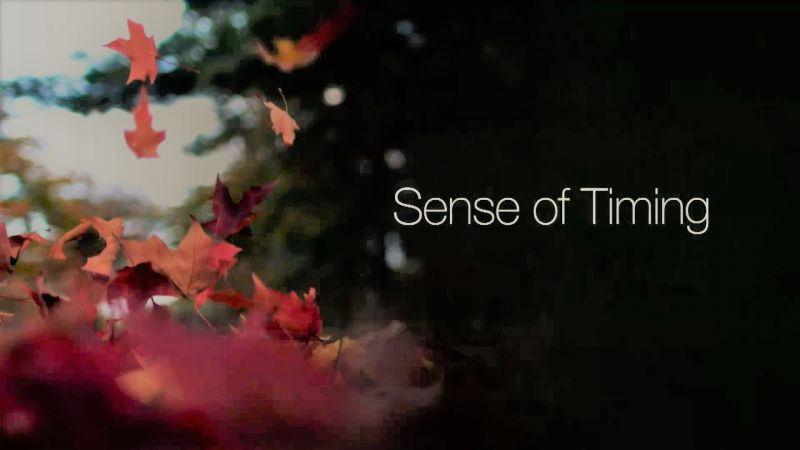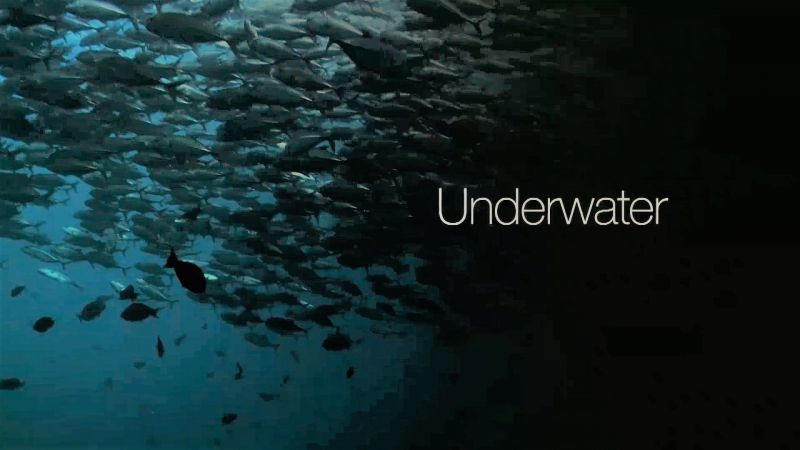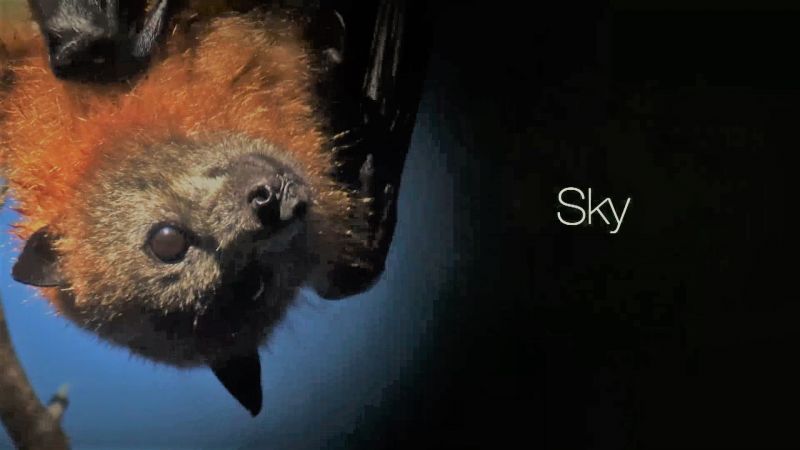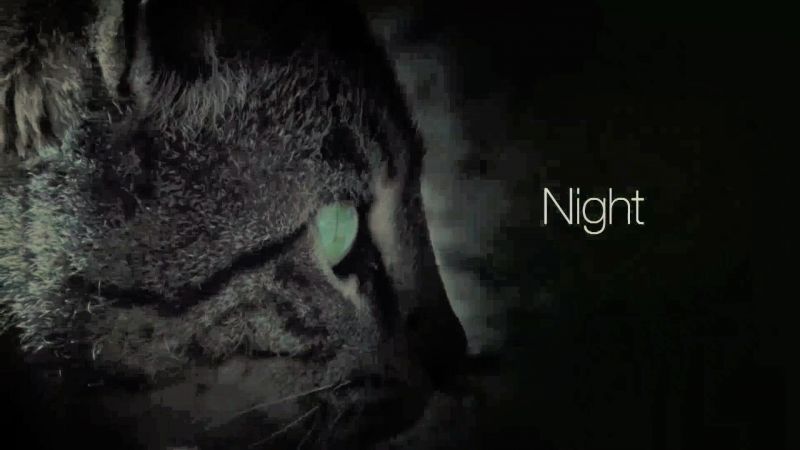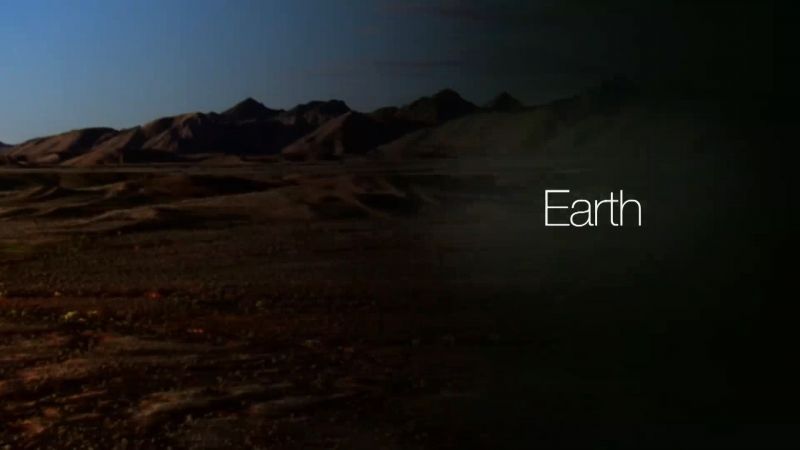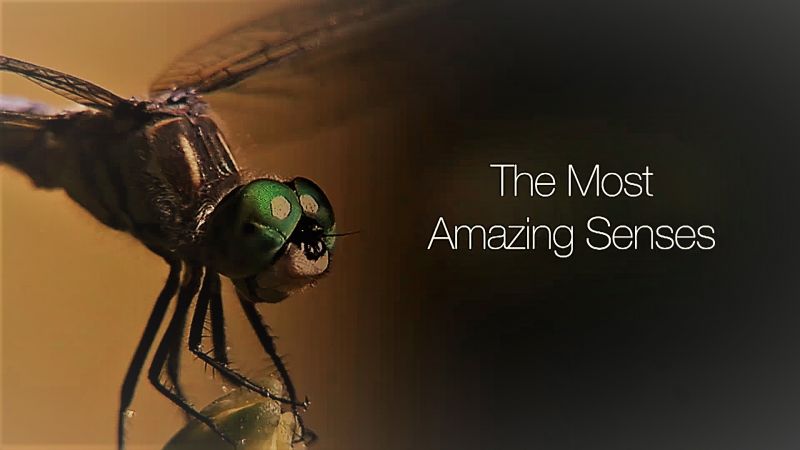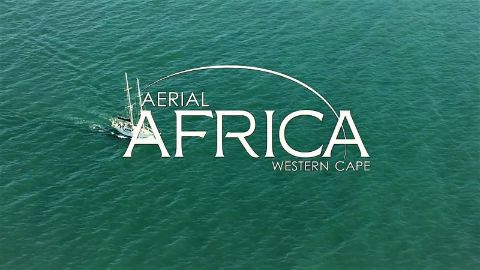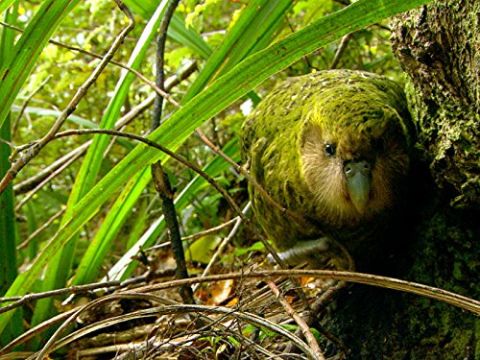Animal Super Senses • 2020 • 13 episodes •
On this episode we travel from the desert, to the forest, Australia to Borneo and back to learn how species as diverse as Bat-eared Foxes, the Bilby, Deer, Kangaroo Rats, cicadas, Proboscis Monkeys and other creatures never miss an auditory trick. Species: Kangaroo, Bilby, Bats.
2020 • Nature
In this episode of Animal Super Senses, we get in touch with the feelings of wild animals. Just like humans animals rely heavily on their sense of touch, every day in every way. There may be a fine line between pleasure and pain, but not knowing the difference between the two can be absolutely fatal
2020 • Nature
We examine how things taste, and how vital scent is from the animal perspective. But their sense of smell will also detect the scent of odorants carried through the air. In mammals, taste receptor cells are scattered over the tongue but how they work underwater, well, it's a whole other world.
2020 • Nature
This episode is all about "superhuman" senses - animal sensory systems that can detect magnetic fields (magneto- reception), electric fields (electroreception), and infrared radiation.
2020 • Nature
There's a whole world, and more than one spectrum of sensations that animals are aware of, which surpass humans. There's a kind of "sixth sense" that some animals have, which still defies explanation. Call it extra-sensory perception animal abilities we can't entirely explain.
2020 • Nature
In this episode, we examine how every animal has what could be called a sense of rhythm - the human-animal included. To give an obvious example, there's our internal body clock which responds to the so-called Circadian rhythm. That's the 24 hour night and day cycle.
2020 • Nature
While all life began in the oceans, human beings now rely on technology to navigate the seven seas - left to our own devices; we're like the proverbial fish out of water. Only the other way around.
2020 • Nature
Animals use communication to attract mates, warn off predators, defend territory, or trick their prey. And of course, it's the senses that play the key role - Sight, smell, taste, touch, and hearing - all are employed to send signals to others in the hope actions speak louder than words.
2020 • Nature
In the final episode of animal Super Senses, we look at special weapons that help some animals to govern the wilderness. In this episode, we literally see it, hear it, touch it, smell it and taste it as animals do. Come and see the champions of the animal supremeness yourselves.
2020 • Nature

